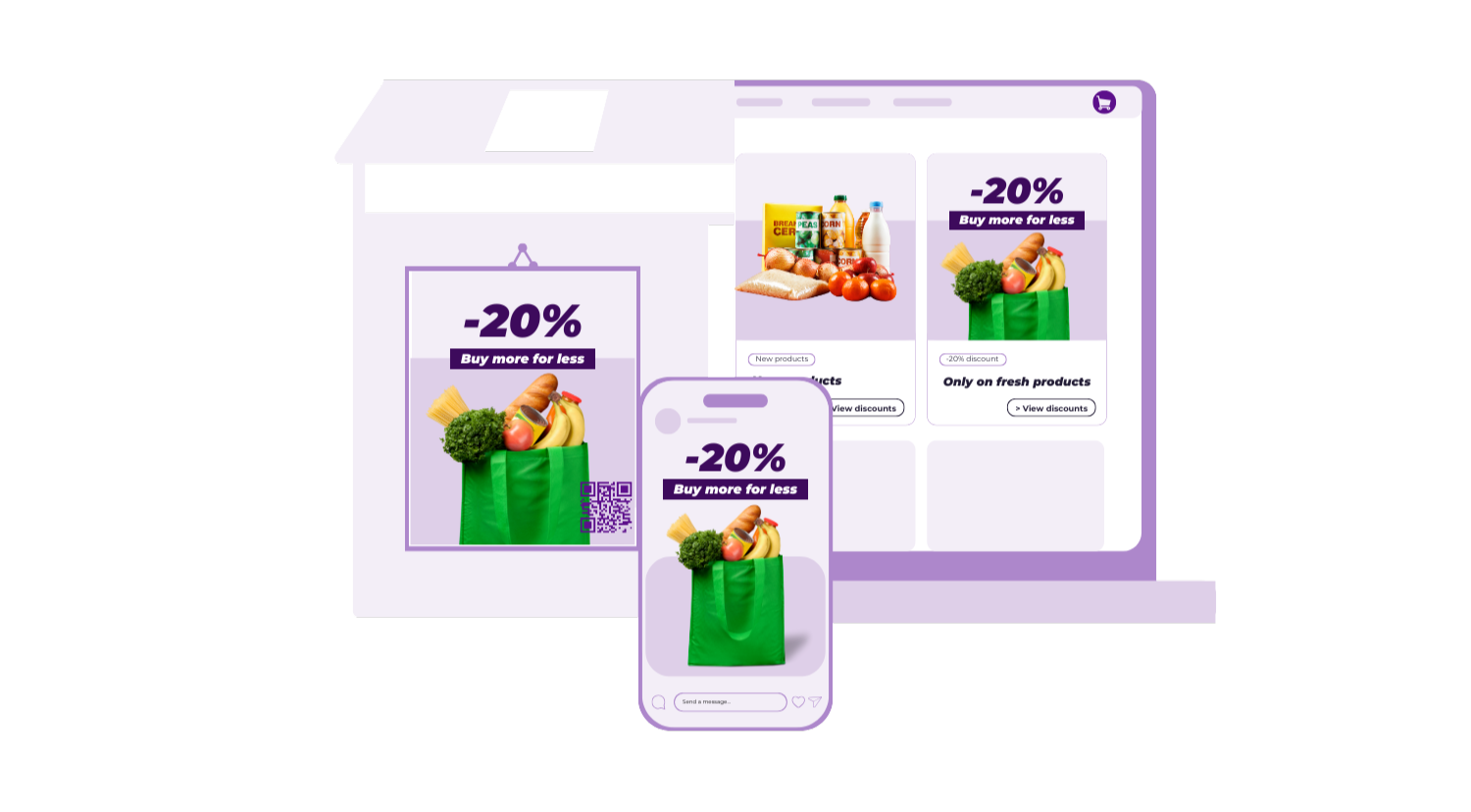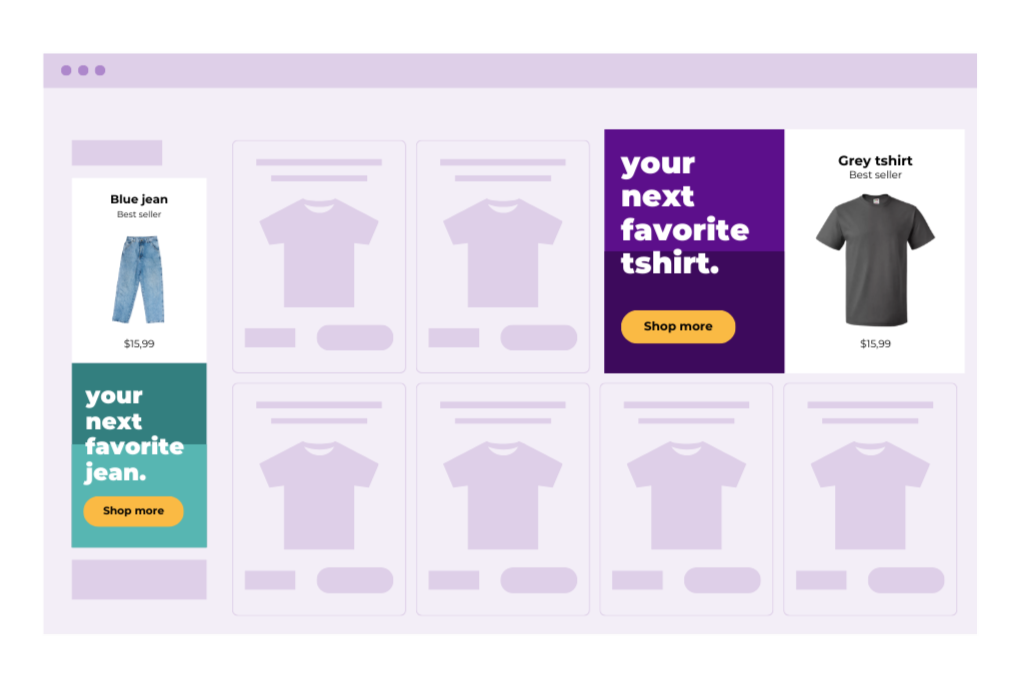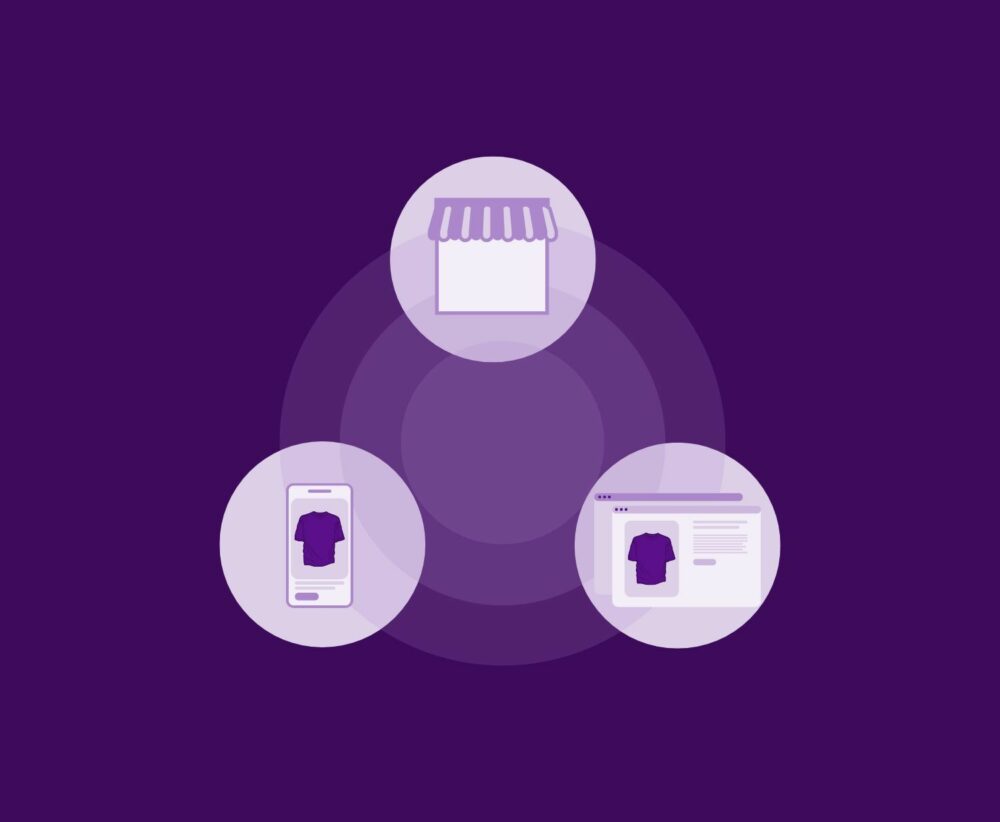Retail Media and the Cross-Platform Experience
The retail industry has evolved significantly over the last decade, driven by technological changes and the growing prominence of digital channels. One of the concepts that has gained ground is Retail Media, an approach in which retail platforms become an advertising space for brands and products. However, the Cross-Platform experience, which allows consumers to move seamlessly between On-Site and Off-Site environments, is positioning itself as the key to an immersive and personalized shopping experience.
This article delves into how Retail Media is transforming the consumer experience, the growing investment in this trend and how the future of the sector can lead us to increasingly optimized and user-centric experiences.
The Growth of Retail Media Spending
With the convergence of digital advertising and retail platforms, there has been a notable increase in spending on Retail Media. Brands are allocating more resources to these platforms, recognizing their potential to achieve significant results. The shift to digital-first strategies has forced a re-evaluation of traditional advertising budgets. Spending on Retail Media advertising has become a significant component of global marketing spend.
According to a report published by WARC, Retail Media will reach an advertising investment share of $153.3 billion worldwide in 2024. This upward trend reflects the need for brands to optimize their visibility in the spaces where consumers are already shopping. This closes the gap between advertising and conversion. It also reflects the growing importance of digital participation in the consumer decision-making process and the need for brands to adapt their strategies accordingly.
This spending is not only driven by the size of the audiences but also by the quality of the data these platforms provide. Retailers can now offer highly targeted ads thanks to the analysis of consumer purchase data and browsing history, an advantage that surpasses many other digital channels in terms of relevance and effectiveness.
Advantages of Retail Media Networks
RMNs provide a distinctive advantage by offering a closed-loop system for measuring and optimizing ad performance. Unlike traditional advertising channels, these networks can track the complete customer journey, from the initial interaction to the final purchase. This level of transparency and accountability allows advertisers to make informed decisions and allocate resources more effectively. By leveraging the comprehensive information these networks offer, brands can refine their strategies to better meet consumer needs. In addition, another advantage is that it maximizes return on investment.
Understanding the Different Types of Retail Media
The ability of brands to influence consumers at the exact moment of purchase has changed dramatically. Advancements in Retail Media have allowed for real-time shopping experiences to be developed. This gives brands the ability to anticipate consumer needs and offer personalized recommendations.
This ability to react instantly improves the shopping experience, guiding consumer decisions through relevant and timely messages. It also increases the likelihood of conversion.
What is On-Site Retail Media?
On-Site Retail Media refers to advertising presented within retail environments. This is advertising that leverages both physical and digital touchpoints. When a consumer browses a site like Amazon, they are presented with personalized ads and recommendations based on their browsing behavior, purchase history and demographics.
This method allows retailers to capture consumer attention directly at the point of sale, influencing their decisions and improving the overall shopping experience. By incorporating interactive elements, such as digital screens and QR codes, they can create a more engaging and informative environment.
The evolution of On-Site Retail Media is characterized by the seamless integration of digital technologies, creating an interactive shopping environment. This transformation not only meets the expectations of technologically advanced consumers but also allows for great flexibility for advertisers. They can make quick changes based on sales trends, adjust campaigns in real time and experiment with new promotional strategies. This makes Retail Media one of the most dynamic and agile options for connecting with consumers.
How has In-Store Retail Media Evolved?
As Retail Media grows in the digital realm, experiences have also begun to expand into the physical environment through In-Store Retail Media. Traditionally, In-Store Retail Media consisted of static displays, posters and materials at the point of sale. These methods were effective at the time, but lacked the adaptability and level of interaction that modern consumers expect.
However, with technological advancements, retailers are now leveraging digital signage, interactive kiosks and mobile apps to offer specific and personalized content. These digital touchpoints allow for real-time updates and provide the flexibility to change promotions based on trends or inventory levels. This evolution has also transformed the in-store shopping experience. It now offers consumers a richer experience, where they receive offers, recommendations and specific content at the exact moment of purchase.
In-Store Retail Media also allows for a more strategic use of physical space. Each area of the store can become an advertising opportunity. For example, shelves with digital panels and screens can display brand content or promotions, optimizing the visibility and reach of products. As a result, the physical space of retail has become a more interactive and attractive environment. An environment that encourages consumers to spend more time and ultimately make more informed purchase decisions.

What Does Cross-Platform Retail Media Entail?
Cross-Platform Retail Media extends the reach of point-of-sale initiatives beyond the physical store. Consumers experience a seamless transition between all environments. With this strategy, retailers can connect with consumers at different times and channels, ensuring that advertising campaigns reach the right user at the right time, whether on an e-commerce platform, social media or in a physical store. This approach helps maintain consumer interest and engagement long after they have left the store.
By integrating On-Site and Off-Site channels, retailers can create a cohesive and consistent brand experience. This consistency is crucial for building brand loyalty and ensuring that consumers receive a unified message across all platforms. This integrated experience allows brands to create continuous and personalized buying journeys. A Cross-Platform experience not only offers convenience and relevance but also drives higher conversion by keeping consumers engaged throughout the entire purchasing process.
The Intersection of On-Site and Off-Site Retail Media
The convergence of On-Site and Off-Site Retail Media is reconfiguring the retail landscape, blurring the lines between physical and digital environments. This merger allows for a more holistic marketing approach, where each channel complements the other to enhance the overall consumer experience.
In addition, it has enormous potential to create omnichannel shopping experiences. This allows consumers to experience a unified and contextualized purchase on any platform.
Omnichannel Strategy in Retail Media
The omnichannel strategy has become essential in today’s retail. As an Omnisend study pointed out, in 2020, marketers who used 3 or more channels in a single advertising campaign saw a 287% higher purchase rate than those who used a single-channel campaign. Consumers want to be able to buy anytime, anywhere, whether it be through their phone, in a physical store or from their computer. The omnichannel experience connects the dots between all these platforms, offering users a unified shopping experience.
With an omnichannel strategy, Off-Site Retail Media ads, like those that appear on social media, can redirect consumers directly to the retailer’s On-Site environment or even to the nearest physical store. This not only optimizes conversion but also gives brands a complete view of how their customers interact with their product.
Retailers who adopt this omnichannel approach will be able to effectively attract customers, improve their loyalty and increase sales. This unified strategy not only meets consumer expectations but also gives retailers a complete understanding of their customer journeys. And it allows them to create experiences that resonate with their audience.
The Impact of Retail Media Ads
Retail Media ads allow retailers and brands to optimize their marketing campaigns in a way that not only attracts attention but also generates real conversions. These ads are strategically placed to capture consumer attention at key moments. This influences purchasing decisions and improves brand recall.
With access to real-time data, retailers can assess campaign performance and make adjustments based on consumer behavior. Retail Media has shown exceptional results in terms of ROI, exceeding many other forms of digital advertising.
The impact of these ads is also reflected in the level of customer loyalty. By offering a personalized and convenient experience, consumers tend to feel a greater connection with the brand. Ultimately, this translates into loyalty and an increase in repurchase rates.
The Future of On-Site Retail Media
On-Site Retail Media is constantly evolving and technological innovations are expected to continue pushing its boundaries. Digital transformation, the multiple possibilities for cross-referencing data and the incorporation of new technologies are opening up many possibilities for further optimizing the shopping experience.
As retailers strive to create a seamless and personalized shopping experience, On-Site Retail Media will play a fundamental role in shaping the future of retail. This forward-looking approach will not only meet the current demands of consumers, but it will also position brands and retailers to capitalize on emerging trends and technologies.
Cross-Referencing Data to Maximize Results
The future of On-Site Retail Media opens up the possibility of using advanced tools such as flipflow that allow cross-referencing your Retail Media campaign information with Digital Shelf data and product performance data in the market, provided by our platform. All this, in addition, having a complete view of what your competitors are doing, so you don’t miss any details of market fluctuations.
This synergy gives retailers a holistic view of how their products are presented and perform in both physical spaces and digital platforms, thus optimizing promotional and positioning strategies. By combining the impact of In-Store Retail Media with online performance, it will be easy to adjust campaigns in real time to maximize their effectiveness. And to adapt to consumer preferences and market trends.
This detailed analytical capacity will allow not only for an improved shopping experience but also for increased competitiveness and profitability. This will be due to a precise understanding of which actions generate the greatest impact on sales and customer loyalty.
The integration of Artificial Intelligence and Machine Learning
AI and Machine Learning are revolutionizing Retail Media by allowing brands and retailers to create ultra-personalized experiences. These technologies allow the processing of an enormous volume of data in real time and the ability to predict consumer behavior. And offer tailored experiences that resonate with individual shoppers.
With these technologies, systems can learn and adapt to consumer behaviors, optimizing recommendations and ads in real time. AI allows the creation of a content flow that automatically adjusts to individual preferences, improving the effectiveness of advertising campaigns.
In addition, these technologies also help automate complex tasks, such as inventory management and audience segmentation. As a result, it optimizes operational efficiency, allowing marketing teams to focus on value-added strategies.
Conclusion
The Cross-Platform experience in retail is revolutionizing the way brands and consumers interact. The growth in Retail Media spending, the intersection of On-Site and Off-Site strategies, and technological advancements are shaping a more integrated and personalized retail ecosystem.
In the future, digital transformation, advanced data cross-referencing and AI will be fundamental pillars for taking the shopping experience to new levels, allowing retailers to offer unique, seamless and customer-centric experiences in an increasingly competitive environment. The convergence of Retail Media promises to continue evolving, providing both brands and consumers with a path towards a richer and more connected shopping experience.




